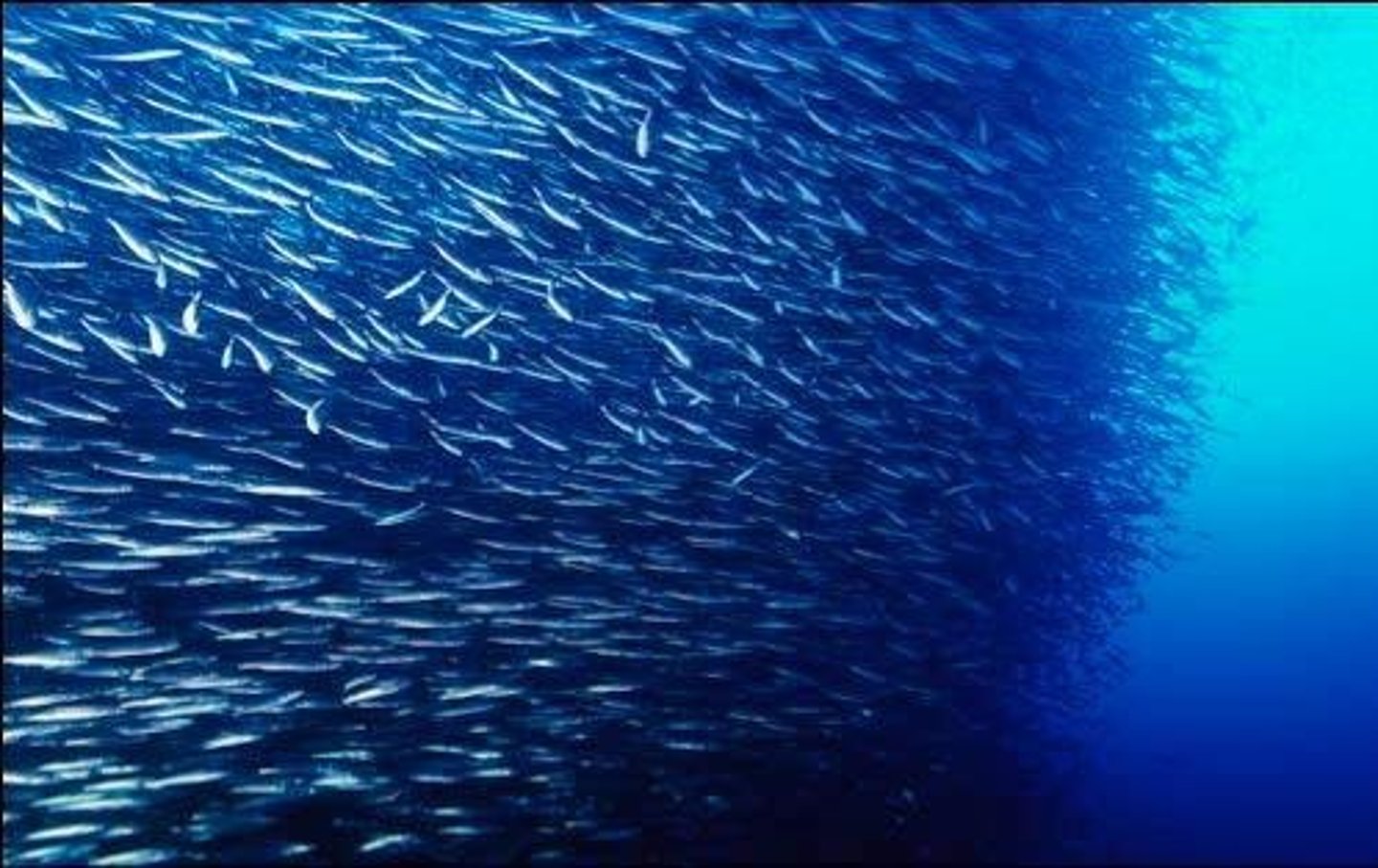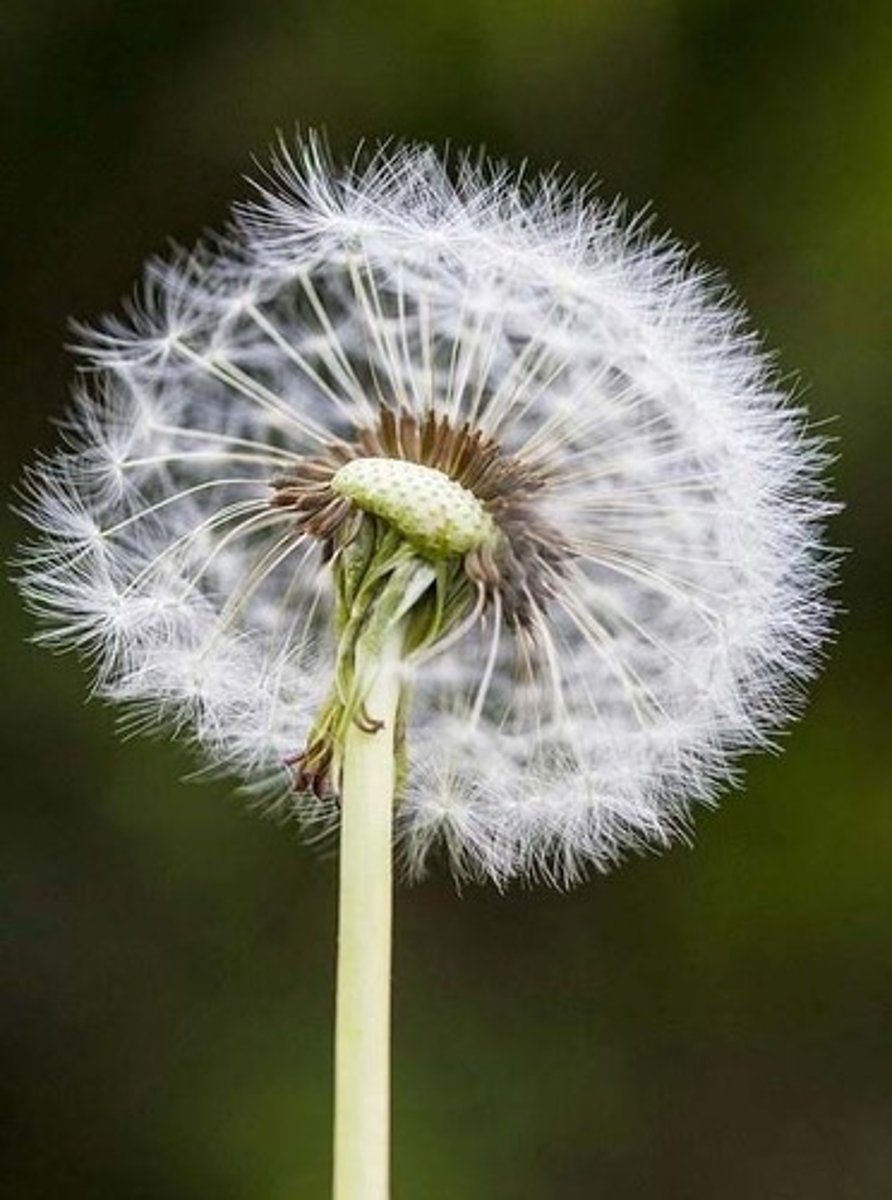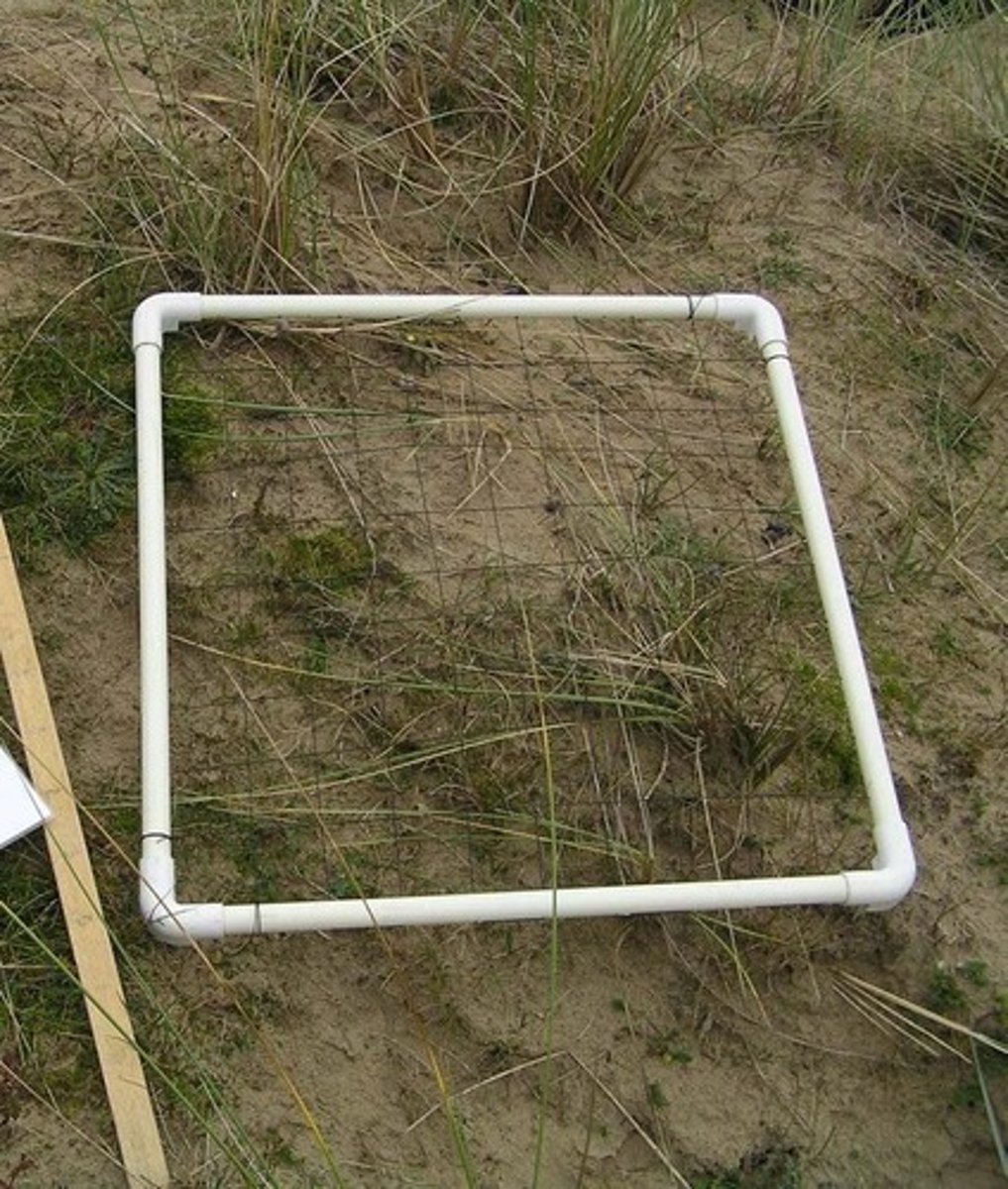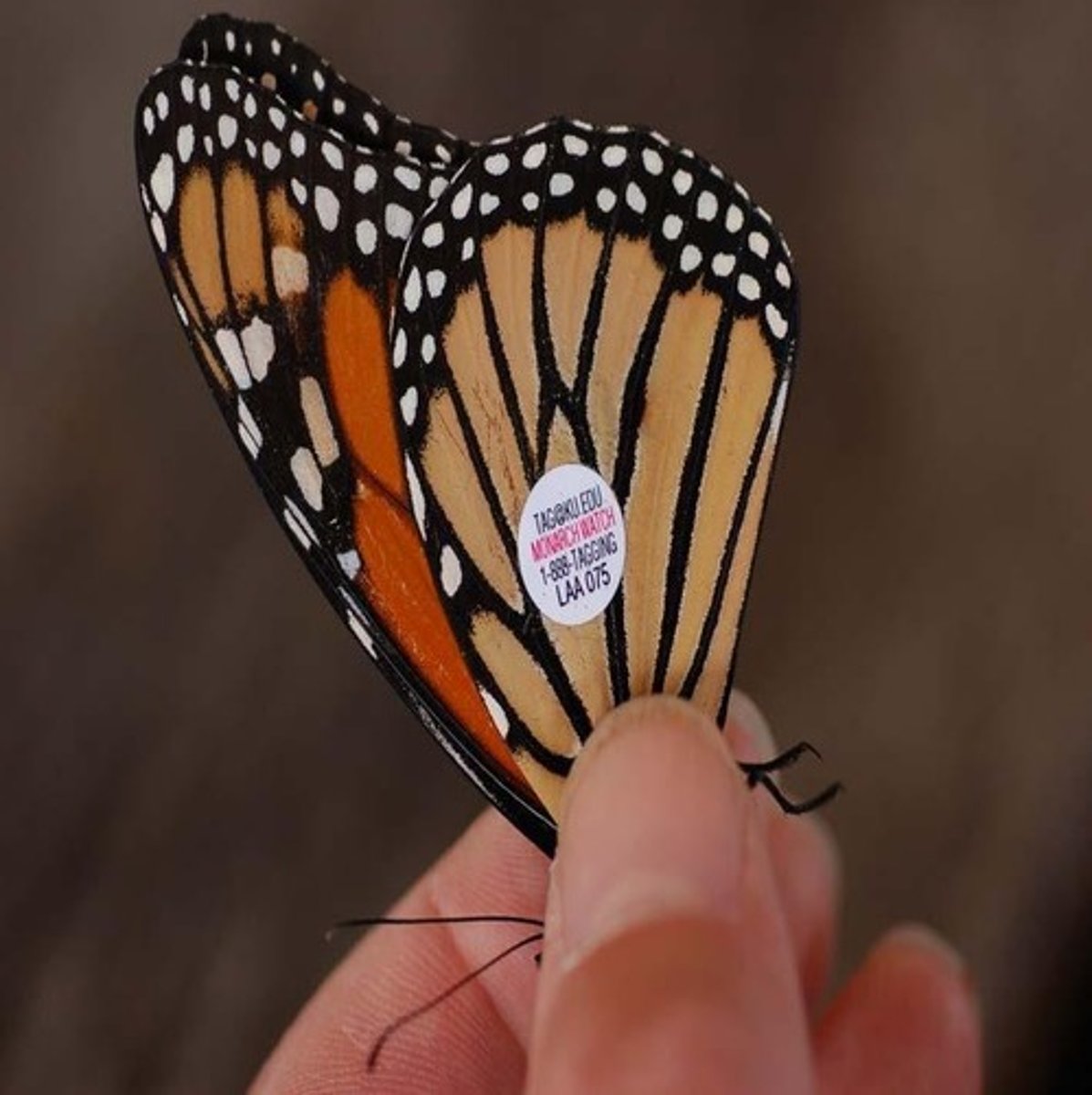Introduction to Population Ecology and Dynamics
1/145
There's no tags or description
Looks like no tags are added yet.
Name | Mastery | Learn | Test | Matching | Spaced |
|---|
No study sessions yet.
146 Terms
Population
A population includes all the organisms that belong to the same species that are living within a designated area and can interact, breed and have offspring.
Population Ecology
Population ecology is the study of these populations.
Population Distribution
Population Distribution = spacing and location of individuals within their range.
Range
The geographic area where a species can be found.
Distribution Patterns
Distribution or dispersion patterns show the spatial relationship between individuals of a population within a habitat.
Clumped Distribution
Clumped distribution patterns occur when organisms are grouped together in clusters.

Uniform Distribution
A distribution pattern where individuals are evenly spaced apart.
Random Distribution
A distribution pattern where individuals are spread out in an unpredictable manner.
Factors Influencing Distribution
Both behavioral and ecological factors can influence a population distribution.
Ecological Factors
Factors such as the availability of resources (e.g., food, water, shelter), predators, competition, mating behavior, etc.
Behavioral Factors
Factors related to the behavior of organisms that can influence their distribution.
Population Dynamics
The study of how population size and density affect population behavior and interactions.
Population Growth Models
Models that describe how populations grow over time and the factors that affect this growth.
Life History Strategies
Strategies that species adopt regarding reproduction and survival.
Population Management Approaches
Methods used to manage and conserve populations, especially those that are endangered or economically valuable.
Community
Many individuals from different species interacting with one another.
Ecosystem
A community and all its abiotic components.
Biome
Ecosystems that occupy a large geographic area.
Organism
A living individual organism.
Abiotic Components
Non-living chemical and physical parts of the environment that affect living organisms.
Biotic Components
Living parts of the environment, such as plants and animals.
Endangered Species
Species that are at risk of extinction.
Invasive Species
Non-native species that spread widely and cause harm to the environment, economy, or human health.
Social Groups
Organisms living together due to social factors, such as family groups.
Clumped Distribution
A behavioral adaptation where species cluster together to avoid predators.
Human Clumped Distribution
Humans prefer to live near water, fertile soil, coastlines, mountains, and warm sunny places.
Uniform Distribution
Occurs when organisms are spaced an equal distance from one another.
Example of Uniform Dispersion
Some plant species, such as sage, secrete toxic compounds into the soil to inhibit the growth of nearby plants.
Allelopathy
The phenomenon where a plant inhibits the growth of nearby plants to ensure access to water and nutrients.
Animal Territoriality
Uniform dispersion patterns among animals where dominant individuals defend their territories.
Competition
Spacing among organisms often results from competition for resources.
Man-Made Uniform Distribution
Farming and agricultural practices showcase uniform distribution created by humans.
Random Distribution
Occurs when organisms are randomly spaced in the environment without predictable patterns.
Independent Positioning
In random distribution, the position of each individual is independent of all other individuals.
Example of Random Distribution
Dandelions have wind-dispersed seeds that can sprout in random locations.

Lack of Social Interaction
Random distribution often results from a lack of social interaction within the species.
Consistent Environmental Conditions
Random distribution is more likely to occur where environmental conditions are consistent.
Abiotic Factors
Non-living parts of an ecosystem that affect the environment and species distribution.
Climatic Factors
Factors such as precipitation, sunlight, humidity, and temperature that impact a species' survival.
Resource Availability
Controls a population's range; areas with abundant resources attract many species.
Local Geography
Factors like soil, terrain, and elevation that influence species distribution.
Ideal Habitats
Populations seek areas with safe locations for nests, abundant food, and protection from predators.
Land use
Rural, city, natural setting.
Climate
Geographic ranges of plant and animal species are limited by climatic factors like temperature and precipitation.
Magnitude and variability of climatic changes
Limits an organism's ability to survive and produce offspring.
Species response to climate change
Species can respond to changing climate by migrating to new areas, for example, move to cooler locations at higher latitudes.
Climate change prediction
Climate changes are difficult to predict, and scientists use computer models to predict climate change and thus better prepare for shifts in organisms' range and distribution.
Biotic factors
Living organisms or material (for example, organic compounds) that originated from living organisms.
Predator and prey species
Interactions between species where one species hunts and the other is hunted.
Disease
Caused by viruses and microorganisms affecting populations.
Competition for resources
Struggle between organisms for limited resources such as water and food.
Human influences
Interactions and impacts of human activities on ecosystems.
Population size
Number of individual organisms in a population.
Population stability
Larger populations are generally regarded as more stable due to higher genetic diversity.
Genetic diversity
Allows a population as a whole to better adapt to environmental changes.
Population density
Number of individual organisms per area or volume in a habitat.
Low density populations
May have difficulty locating mates.
High density populations
Will experience an increase in competition for food or water.
Challenges with Population Density
Includes issues when density is too low or too high.
Too Low Density
Below minimum population size leading to deficient social behaviors and inability to find mates.
Too High Density
Above carrying capacity leading to low food supplies and increased chances of conflicts.
Quadrat Method
A square area marked with boundaries to study the population size and density of slow-moving animals or plants.

Mark and Recapture Method
A sampling technique that estimates population size from a number of marked individuals in samples of mobile organisms.

Mark and Recapture formula
number marked in first catch X total number of second catch / number of marked recaptures in second catch.
Population Dynamics
Changes over time in population size and composition.
Population Distribution, Size, and Density
Describe a population at a fixed point in time.
Demography
The statistical study of population changes over time.
Population Growth
Controlled by growth factors, which are resources needed for survival and reproduction.
Biotic Potential
The unrestricted growth of a population as each member survives and produces offspring.
Resistance Factors
Things that keep a population's biotic potential in check, such as predators and disease.
Density-Dependent Factors
Limiting factors that alter a population's growth and depend on the population's density.
Examples of Density-Dependent Factors
Competition for Limited Resources, Predation, Waste Accumulation, Disease, Invasive Species.
Intraspecific Competition
Occurs between members of the same species.
Interspecific Competition
Occurs between members of different species.
Predation-Prey Dynamics
Population sizes of both predators and prey species fluctuate in cycles that reflect their interactions.
Density-Independent Factors
Affect population growth rate independent of the population's density.
Examples of Density-Independent Factors
Natural disasters, Storms, Fires, Floods, Pollution, Human activities.
Population Growth Models
Mathematical representations to predict population growth.
Exponential Growth
Growth rate increases over time as the number of individuals in the population increases.
Exponential Growth
Occurs when a population has unlimited resources and little to no environmental limitations. Isn't sustainable in nature. When graphed, this population growth shows a J-shaped curve. Bacteria growth are the prime example of exponential growth.
Logistic Growth
In logistic growth, resources are limited, and this acts to control a population's size because the environment can only support so many individuals. When graphed, logistic population growth displays an S-shaped curve.
Carrying Capacity (K)
Carrying Capacity (K) is the maximum population size that a particular environment can support indefinitely.
Minimum Viable Population (MVP)
Minimum Viable Population (MVP) is the smallest population size at which a population can exist without facing extinction due to inbreeding, disasters or limiting factors.
Population Growth Patterns
Limiting factors interact in complicated ways and produce patterns when it comes to population growth. In nature, populations grow, decline, and fluctuate in different ways.
Population Density
Population density influences how well a population thrives. When a population falls below the minimum viable population or rises above the carrying capacity the species will be challenged.
Cyclical Oscillations
Some populations experience uneven rise and fall in their numbers; others have more regular cycles of boom (increase) and bust (decrease) referred to as cyclical oscillations.
Annual Growth Rate
The percentage increase in population size over a specific period. For example, in 2019, the annual growth rate of red otters on Kennewick Island was calculated to be 13%.
Doubling Time
The time it takes for a population to double in size. For example, using the Rule of 70, the doubling time for red otters on Kennewick Island was calculated to be approximately 5.4 years.
Life History Strategies
Life history strategies are a species' biological characteristics that influence how quickly its population can potentially increase in number, including life span, fecundity, or maturity rate.
Fecundity
The number of offspring an organism can produce.
Natural Selection
The process by which individuals that are more fit for their environment survive and reproduce, passing on their genetic traits to their offspring.
Population Ecology
A dynamic study in which factors influencing populations and their growth are constantly changing.
Environmental Limitations
Factors in the environment that restrict the growth of a population, such as limited resources.
Boom and Bust Cycles
Patterns of population growth where populations experience rapid increases followed by sharp decreases.
Density-Dependent Limiting Factors
Factors that affect population growth in relation to the population density, often leading to cyclical oscillations.
Population Fluctuations
Variations in population size over time due to various environmental and biological factors.
Graphing Population Growth
Population growth can be visually represented, with exponential growth showing a J-shaped curve and logistic growth showing an S-shaped curve.
Resource Competition
The competition among individuals for limited resources that influences survival and reproduction.
Parental Care
The amount of care provided by parents to their offspring, which can influence the survival and growth of the population.
Timing of Reproduction
The specific periods when species reproduce, which can affect population dynamics.